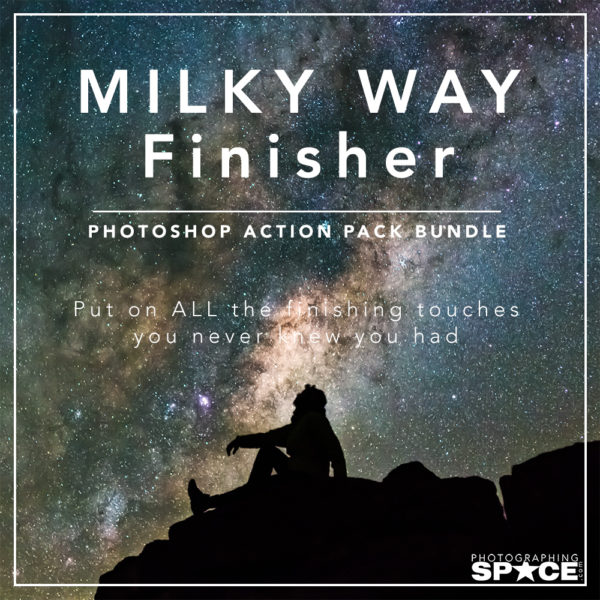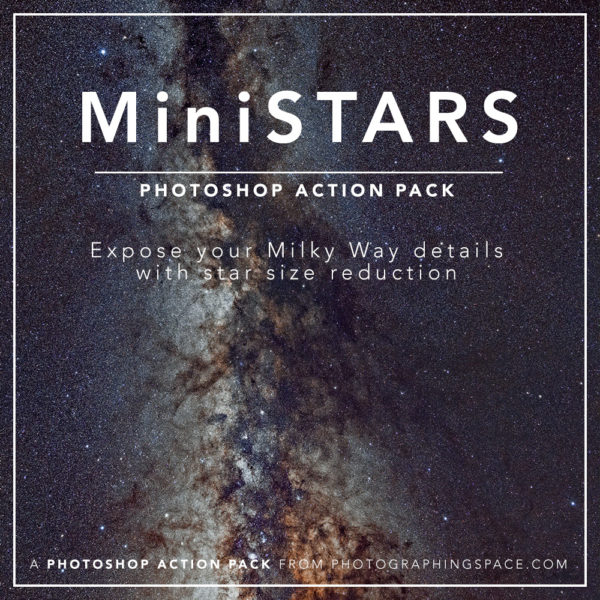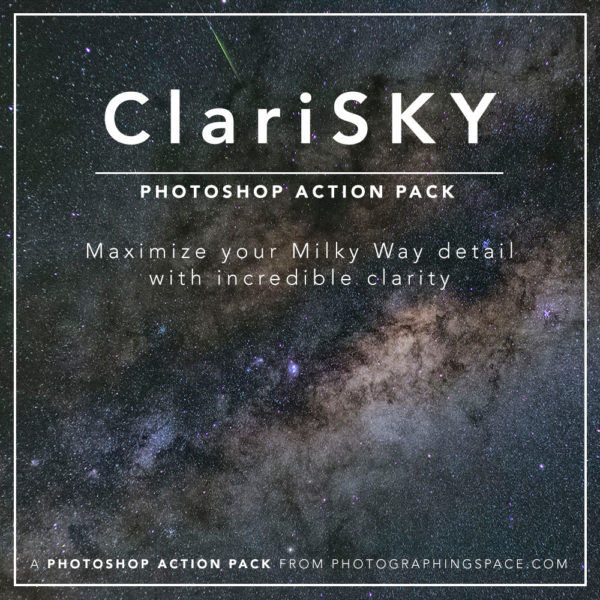Get the best performance possible from your Lunt single-stacked or double-stacked pressure-tuned solar scope.
So, you have gotten yourself one of those beautiful pressure-tuned solar scopes (like the Lunt LS80T) with all its knobs and you’re wondering…how on earth do I drive it? Well, this is my way! The first step is to stick it on a mount and point it at the Sun. Most of you should have gotten that far by yourself, but if I didn’t mention it someone might complain. 🙂

How I do it
Note: This tutorial works for both a single-stacked and double-stacked Lunt telescope!
Step 1: Unscrew the large etalon knobs
You want to back each etalon knob right off until they pop or hiss. Don’t worry if they come right off. They are a bit fiddly to screw back on, but I find winding them anti-clockwise until you find the knob falls into the end of the thread then winding clockwise works the best.
Step 2: Set up the scope in single-stacked mode
Remove the double-stack unit, and don’t forget to replace the spacer between the etalon and the focuser! (Ignore this step for single-stacked telescopes) [Figure 1]

Step 3: Roughly focus the scope
If it won’t come into focus you can loosen the blocking filter screws and move the filter in and out until focus is achieved. The Sun will most likely look like a featureless disk at this point. [Figure 2]

Step 4: Wind the tuning knob inwards until surface detail appears
If you have a camera attached the histogram will conveniently show a minimum at the best tuning point. FireCapture’s horizontal histogram bar is an excellent tuning aid. [Figure 3]

Step 5: Refit the double-stack unit
Replace the double-stack unit, and remember to remove the spacer. (Skip this step for single-stacked telescopes.)
Step 6: Focus and adjust the double-stack unit
Adjust focus on the double-stack unit until more surface detail appears on the Sun. With a camera in FireCapture, this corresponds to a maximum on the histogram. (Skip this step for single-stacked telescopes.) [Figure 4]

Step 7: Mark your settings
If you put a pen mark on both etalon knobs this will give you a starting point for next time. The tuning won’t be exactly the same, but this gives you a starting point. After a few successful tunings you will get the hang of it and find that the double stack unit doesn’t need to be removed. Simply fine tuning around your initial pen marks will work.
For visual observers, you can stop here!
An additional note for imagers
If you are using a camera, tuning on the histogram for the single-stack etalon will not work if the double stack is installed. I just wind the single stack tuner both ways until features disappear then adjust it to the mid point. Then tune the double stack with the histogram.
If you increase the gain on the camera, you will find a hot spot. It’s something that occurs with a double stacked unit. [Figure 5]
I find fine tuning both etalons slightly until the hot spot is centered will give a better image and be less problematic when doing mosaics. [Figure 6]









Great article Paul, very helpful. Thank you!
Paul
Thank you for the instructional steps. I have a single stack Lunt 80mm THa and got it out of the box this last weekend. I reset and inspected the etalon but am having a bugger of a time discerning the tuned spot. Visually, I can see prominences but the texture on surface is not very discernible. I know the sun is not very active but I should be seeing one or two of the filaments. You suggest using the histogram in Firecapture. I have a ZWO 174MM cooled CCD to aid me as well as Firecapture. You mention using Firecapture’s histogram as an aid; would you happen to have saved any images of the histogram when it is untuned and when it is tuned. I am assuming the etalon is functional but the draw of the screw cap is very long and there is no other feedback for the tuned spot save for the visual cues. Any advice or input would be appreciated. Cheers.
Hi Frederic
Figures 2 and 3 above are the best I can do for examples. As you tune the scope the histogram should show a definite dip around the sweet spot and the image will get darker. On my scope the tuning knob is screwed quite far in, about 10-20mm off the stop. You can also look at the proms and tune for the best view visually, that should be close to the sweet spot. I will note that a single stacked scope has a lot less contrast than the double stack but surface features should still show up.
Well, Paul, not going to believe this. I must have had the Sun God on my side, today. I took the etalon off the screw mount to inspect it. I seated it without difficult and turned it till it was about 25 mm from the end. We had a break in the smoke from our fires from a mild breeze. I put the scope on its iOptron AZ Mount Pro, asked for the Sun (dead on), adjusted the focus for visual. There were two filaments and granulations. Could not believe my luck. I put the ZWO on and got one 500 frame capture of the surface and one of the prominences (only a few wimpy ones). But I was ecstatic. I did not dare to touch the etalon but will do so next time just to learn to recognize the sweet spot.
Thank you for your help and encouragement. Stoked now to get the second stack…..
Cheers
Fred
Excellent ?
Is there some way I can share a solar image with you? I have Dropbox but need an email address to send the link. Is there a site where I can upload that you are comfortable with.
BTW Order the second stack for the Lunt. Will be drop shipped next week. Will see if the Sun can get a little more active in the coming month.
Paul do you rotate the two pressure etalons relative to each other to eliminate hot spots? Faye at Lunt suggested that but it has not worked for me. She said they found 180 degrees rotation best.
Also are you saying a central hotspot is normal???
When my etalons are properly tuned I see no hot spots but they don’t stay tuned for long and require retuning.